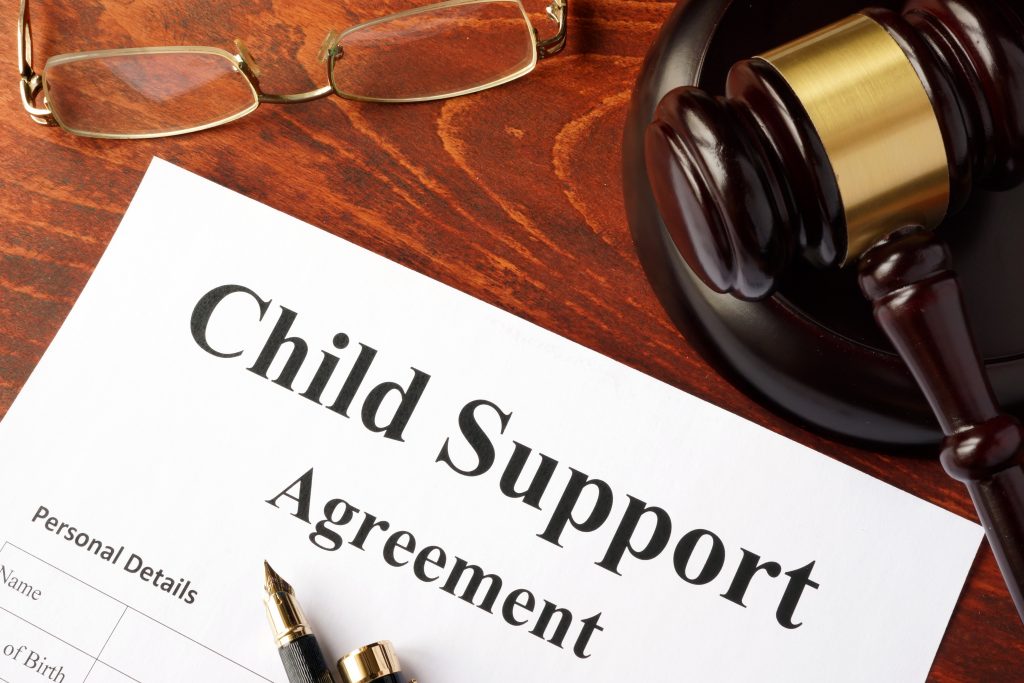Child Support Basics: What, When, And How
Child support is a recurrent and scheduled payment imposed to parents, especially for those babies born out of wedlock or children whose parents are undergoing a divorce. Usually, the non-custodial parent pays the child support.
However, this is not always the case, as sometimes, both parents may not even be custodians of the child. In this case, both parents pay a certain percentage of their salary or wage to the third party, who is the custodian, to support the child.
Read on to find out all you need to know about the basics of Child Support, including when and how to pay for it.
What Is Child Support?
As the name suggests, child support is for the welfare of the child—the child of the parent who, for one reason or the other, are divorced or separated. In simple terms, child support refers to the financial assistance dedicated to the child’s growing expenses.
Since a parent is already acting as the child custodian and administrator, it is usually paid by the non-custodial parent to the one in custody. The financial assistance usually covers food, school fees, textbooks, field trips, medical care, clothes, transportation to school, and every other aspect to make the child’s life more comfortable.
To determine the amount you’ll need to pay, you may need the services of family law experts. Most of the time, the amount is calculated based on who the custodial parent is and the job and income of the non-custodial parent. Child support is usually a fraction of the income of the non-custodial parent.
The court determines child support through a particular formula that applies to your state of residence. It should be noted that this support will continue to be paid until the child reaches the age of majority. For most, that is upon reaching the age of 18. For some states, it is until age 21.
When Is Child Support Necessary?
Child support becomes necessary when two partners become separated and divorced when they already have a child or more. Divorce is legalized by the court, and therefore the ruling for child support is equally legalized by the court.
When Is Child Support No Longer Necessary?
Child support may cease to be necessary for the following conditions:
- When the child reaches the age of majority, as discussed in previous paragraphs, the legal age for being a child stops at 18. However, for some states, it’s until 21. This does not completely apply, though, if the child has special needs.
For instance, if the child has some form of disability, the child support will not be limited to age. Or, if the child has not graduated high school at age 18, child support may be delayed until the said child graduates, which could be in around 2- or 3-years’ time.
- Child support may stop if the child decides to become active in the military.
- If the parents give up their parental rights and duties through a legal process such as adoption
- If the child gets married
How Is Child Support Calculated?
For stability and growth, a child has fundamental needs that should be provided. These needs include, among others, emotional and financial support. While the child may not get adequate emotional support from either parent while the divorce is ongoing, they should not be made to suffer financially as well. Therefore, both parents usually contribute to the daily expenses of the child.
There are usually two parents involved. The person who is in the custody of the child takes care of the child’s daily needs. This parent is called the custodial parent. Thus, the parent who sends money and other resources to support the child’s needs is the non-custodial parent.
Child support is calculated based on several factors like the non-custodial parent’s income, how often and how long the child stays with a parent, and of course, the child’s daily expenses. For some states, there are formulas to help calculate exactly how the child support will be paid and the amount each parent is meant to contribute.
The following principle is used by some states. While they may not apply in your state, it gives an insight into how the non-custodial parent’s child support is calculated.
- First, both of the parents’ incomes are added together.
- The guidelines in that state will determine the basic child support obligation of each parent.
- The other necessary expenses, like health care, travel expenses, are further computed.
- The total amount is divided between both parents. The custodial parent is assumed to spend directly on the child since the child is staying with him/her, while the non-custodial pays their share as child support.
Conclusion
Separation or divorce involves a massive change and adjustment for a child. Among other things the child may suffer from, financial support shouldn’t be one of them. If you are going through a divorce, you may need the legal services of a family law expert to get the appropriate child support for your child. Do not hesitate to contact one today.



